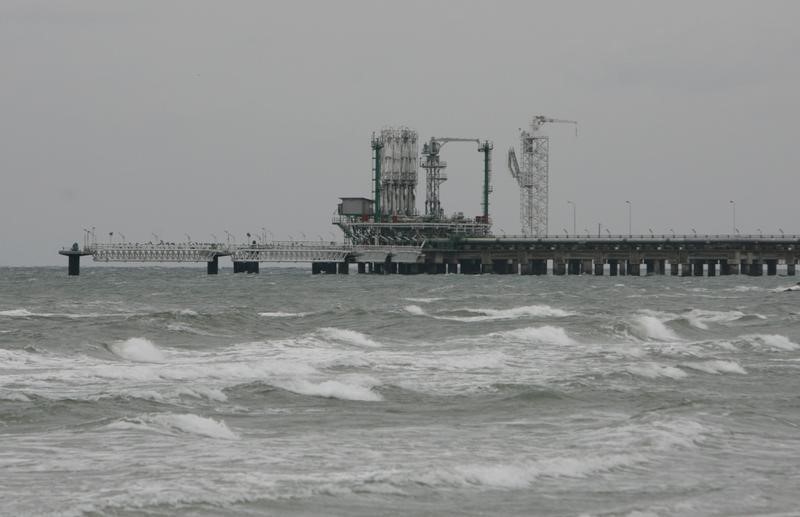UBS provided insights into the recent trends affecting US natural gas prices. According to the firm, two main factors have contributed to supporting prices this month.
The first is that US natural gas production has stayed below 100 billion cubic feet per day due to both lower prices prompting production shut-ins and pipeline maintenance activities. The second factor is an uptick in US liquefied natural gas (LNG) exports, which have risen from a temporary dip to 9 billion cubic feet per day in mid-April to 13 billion cubic feet per day more recently.
UBS noted that while the increase in LNG exports and the expected recovery in production following the completion of pipeline maintenance are positive for prices, there is concern that a further price rally might be counterproductive.
Higher prices could potentially lead to the return of production that has been shut in, which is not desirable as lower production levels compared to the start of the year are necessary to avoid excessive inventory levels by the end of the injection season in late October.
Additionally, increased prices may discourage the use of gas in the power sector by reducing the economic advantage of switching from coal to gas.
Looking ahead to 2025, UBS maintains a constructive outlook, driven by the anticipated start of new LNG export terminals and increased pipeline exports to Mexico. The firm believes that higher prices will be required in 2025 to sustain the stronger export demand.
However, UBS also flagged the risk of potential delays in the commencement of exports from the Golden Pass export terminal, which could shift from the first half of 2025 to the second half.
Despite UBS's projection of higher natural gas prices over the next six months, the futures markets have already factored in a significant anticipated rally, suggesting that traders may be expecting even stronger price increases.
This article was generated with the support of AI and reviewed by an editor. For more information see our T&C.
